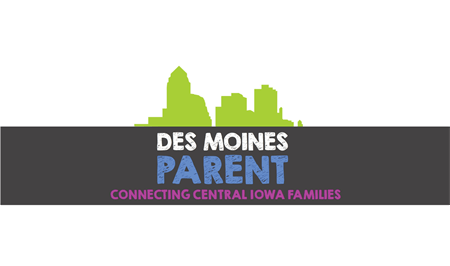Sharing is caring!
6 Reasons to Implement Baby Sign Language
At the moment of birth, our babies cry and begin to communicate. As parents, we work to interpret every coo, every gurgle, and every facial expression to understand what our little ones are telling us. It is often a couple of years before their spoken vocabulary begins to form to effectively relay wants and needs.
A growing and beneficial trend
A growing trend among new parents, especially during the early years, is baby sign language. Based on American Sign Language, baby sign language provides a simple and interactive way for babies and toddlers to communicate, as well as has been shown to enhance language development long term.
Beginning around 6-8 months, babies can start to understand words spoken to them, despite not yet being able to communicate back verbally with anything more than baby babble. Teaching babies sign language at this age can have huge benefits, including but not limited to:
- Baby signing can reduce frustrations for parents and babies by allowing babies to better communicate wants and needs.
- Baby signing can provide children with larger vocabularies.
- Baby signing can encourage an early interest in books and the written word. Resources that incorporate visual signs along with words can help enhance a child’s early reading ability.
- Baby signing can increase and sharpen cognitive development.
- Baby signing introduces a second language that is used by many people in America today. Anecdotally, learning sign language with my son provided us with the ability to have simple exchanges with a man in our local community who communicates using ASL.
- The time invested in teaching and learning signs with your baby also provides a good opportunity for bonding.
Signing resources
There are a plethora of resources available in books and online for parents and caregivers. Learning and teaching sign language can be done alongside your baby with no special education or prior knowledge necessary. As with learning any language, consistent exposure to new and familiar words and ongoing practice will be the biggest components for success.
Our family’s favorite resource is Signing Time. Featuring Rachel Coleman, Signing Time features sign language videos, materials, and resources for children as young as 6 months and up. We have enjoyed the Baby Signing Time series as well as the original Signing Time videos. These collections mix fun animation and catchy songs to engage young ones and parents.
Your local library or bookstore is likely to have great options and an online search will get you access to many incredible resources. Teaching your little one sign language can start with just a single word or two and then grow. Begin by saying the word and modeling the sign, then using it consistently whenever possible. Hand-over-hand demonstration is also a great tool for teaching. Introductory words that are a great place to start include: eat, drink, more, and all done.
In the end, there are huge benefits to teaching your baby sign language. Babies can thrive through learning it and providing an effective way for them to communicate is valuable for the whole family.
Michelle Jarnagin
My name is Michelle Jarnagin and I live with my husband Dave and our son Devic in Des Moines. We have two Chihuahuas - Loki and Ollie. I work full time as a social worker and Dave is the stay-at-home parent in our household. Devic is currently in Kindergarten and will be entering 1st Grade this fall. In our free time, our family enjoys walking with the dogs, exploring parks and playgrounds, and visiting bowling/arcade centers. This summer you're likely to find us at the baseball fields for Devic's second season or enjoying one of the many festivals/activities Des Moines has to offer.








